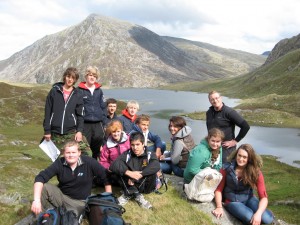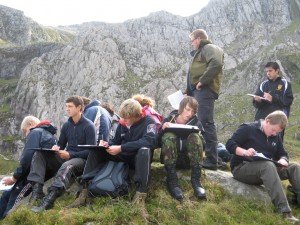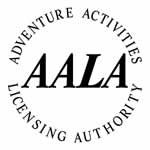Today was one of those days that you get to spend a relatively relaxed day, with a great bunch of people, in glorious weather in a fantastic setting. You might say I enjoyed myself!

Last year, I was asked to jointly lead a trip to Cwm Idwall with one of Ellesmere College’s Geography teachers. The trip was specifically for A level Geography pupils just starting to study glacial processes and formations. Although last year’s weather was a bit unsettled, the successful trip resulted in a repeat booking for this year. Drawing on the experiences of last year, we made a few minor adjustments to how we approached to teaching and learning side of the visit, which seemed to enhance the day quite well.
Having walked up to Cwm Idwall, we headed to the back wall of the corrie before starting to purposefully point out features and discuss glacial processes. The idea was to start ‘telling the story’ of the glacier as we proceeded to walk forward towards the corrie lip and the Ogwen Valley.

Cwm Idwall is certainly a popular place for these sorts of trips due to the wealth of glacial features within a small area and so easy to access from the road. Even Charles Darwin spent time studying the area back in 1831 when he accompanied his tutor from Cambridge University and again in 1842, some time after his historical trip on the HMS Beagle.
Within the corrie itself, we were able to see the steep back wall, the diffluent col, aretes, the tarn, moraines, roche moutonee, striations, erratics, hanging valleys (more like hanging corries). The Ogwen Valley also added features such as the U-shaped valley, truncated spurs, ribbon lake and the glacial trough.
All in all, it was an awesome day.












